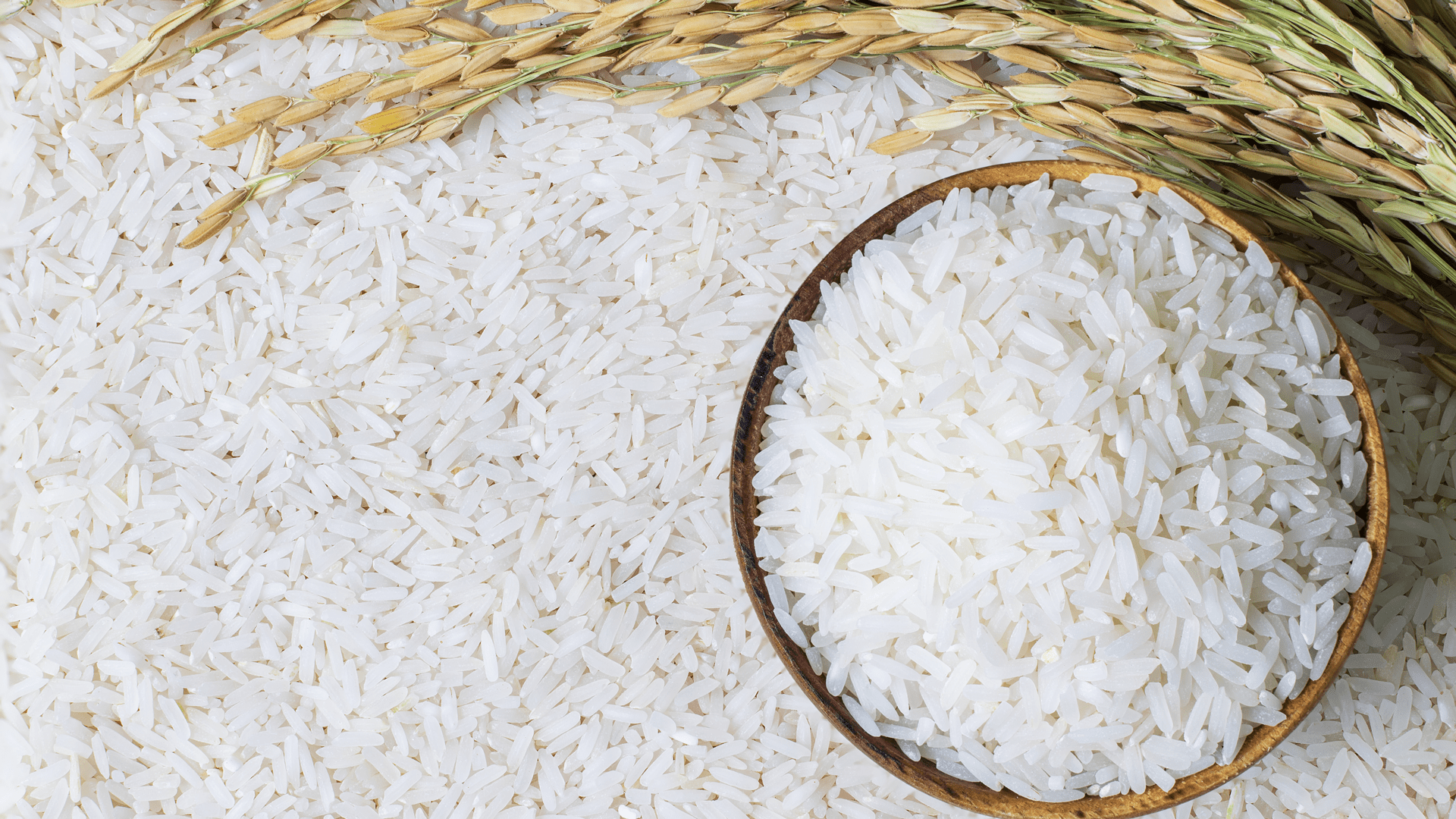
Rice
The rice is the most consumed cereal of the global population, it has been cultivated in East China and North-East India for the first time about 7.000 years ago.
The major producer is China with more than 212 million of tonnes per year, followed by India and Indonesia. The variety of rice are classified according to the form and the dimension of the “bean”, and are identifiable four macro-categories of rice crops: the common original rice, semi-fine rice, fine rice, and super-fine rice.
The working phases of the rice are subdividable into:
- Cultivation: it takes place in the rice fields;
- Harvests: the raw rice is taken from the rice field;
- Drying: the material is dried to lower the humidity under the 13%. It comes then the stockage into dedicated silos and storages, waiting to be transformed;
- Husking: separation of the bean from the so-called husk, which is the peel of the cereal;
- Elimination of the green grain: when the smaller and not mature beans are removed;
- Stone removal: it is fundamental to separate the rice from other impure elements, like little stones that has a specific different weight;
- Whitening: the rice is passed under a whitener and rubs the beans until they become white. The integral rice does not pass in this process;
- Separation of the rice germ: in this phase the so-called puntine are deleted, such as rice beans extremely small, and rice beans extremely big.
- Packaging: it must take place in a protective atmosphere, deleting the air from the bag and replacing it with nitrogen and carbon dioxide. The oxygen is deleted because reduces the conservation times of the rice.
The set of processes that transform the raw rice in edible material is called Rice Husking.
Italy is the European leader of the production of rice, that annually, passes the 900mile tonnes. The varieties that are cultivated in the country are 150.
Piedmont is the first producer of rice in Italy, particularly are renowned the areas of Vercelli, Novara, Alessandria, because in this area climate is particularly favourable for the rice cultivation that takes place form the spring period, to the summer period, when the temperature goes around the 30 degrees.
Piedmont and Lombardy together represent the 93% of the rice cultivation in Italy, the rest is subdivided between Veneto, Emilia, Sardinia, Tuscany, Calabria, Sicily.
Europe is not yet self-sufficient to satisfy the needs of its own rice market, and indeed it covers only the 70%, and it is working to implement sustainability on the supply chain of rice, intersecting it with the need to conserve biodiversity and to preserve rural areas from desertification.
This challenge is concretized in the action of Sustainable Rice – don’t think Twice.
Process and Product Innovation
The shift to the Industry 4.0 is a moment of deep change and innovation capable to disrupt all the sectors.
The industry 4.0 is considered as a new Industrial Revolution that appears to be even more disruptive of the previous ones. It is seen as such because it is born from the convergence of the IT and OT technologies to create a digit...
Supply chains involved:
Plant-based Beverages Coffee Cereals Chocolate Canned Foods Beer Dairy Products Nuts Food Supplements and Nutraceuticals Milk Plant oils Fruit and Vegetables Pasta Meat Baking products Sweet products Rice Cold Cuts and Cured Meats Winery